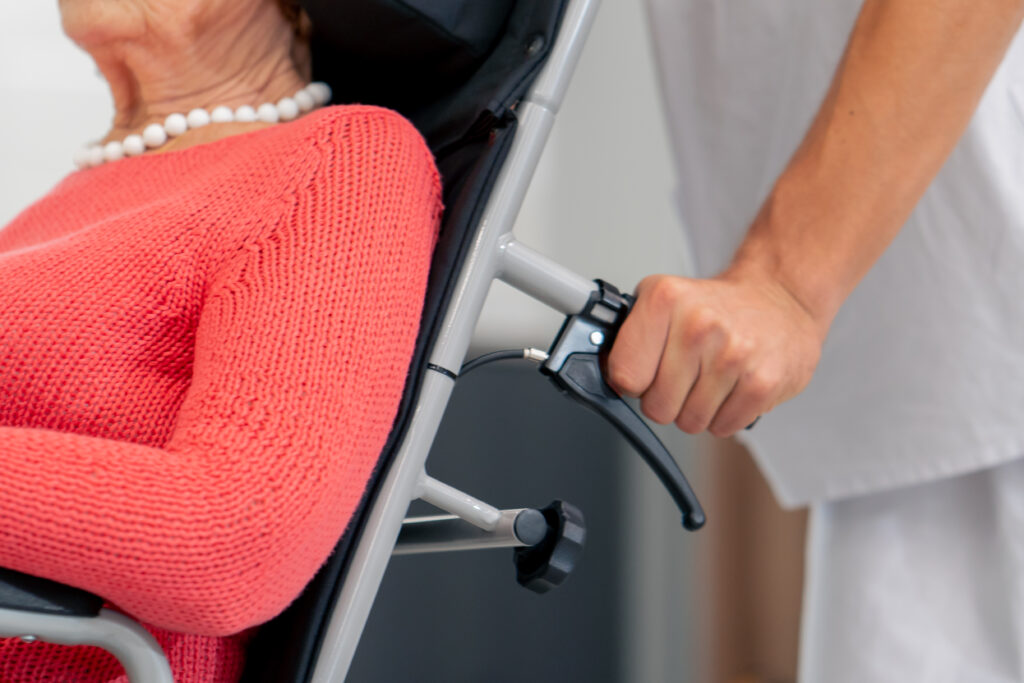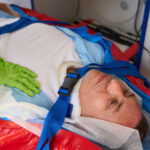
Updates to CMS CoP Interpretive Guidelines:What we need to know for Discharge Planning Part II: Discharge Planning Evaluation & Choice Process
In last week’s article, I focused on the screening and discharge planning policy requirements for §482.43 Discharge Planningfound in the Centers for Medicare & Medicaid






















